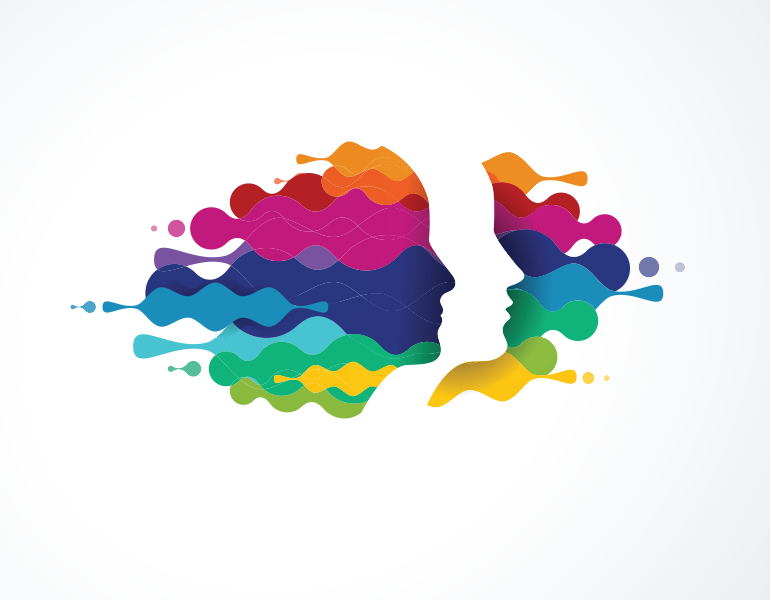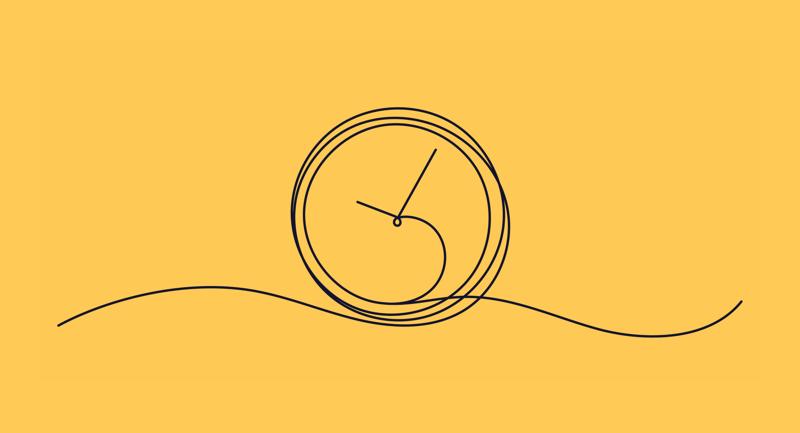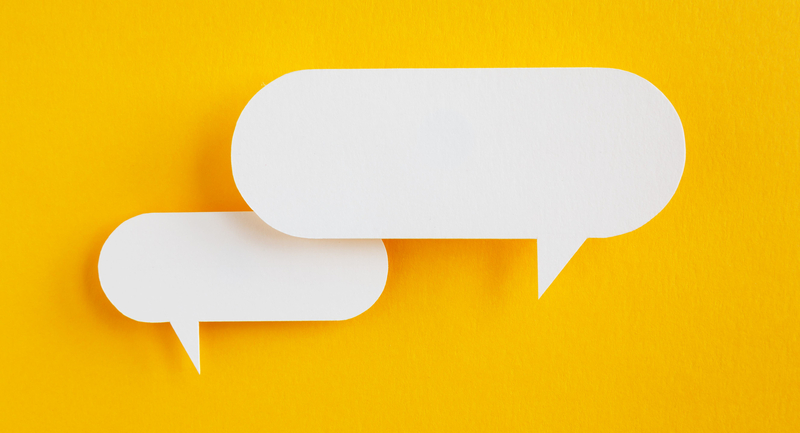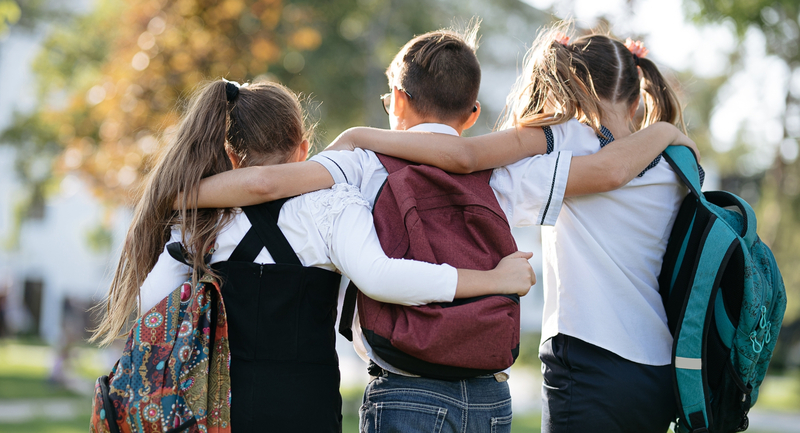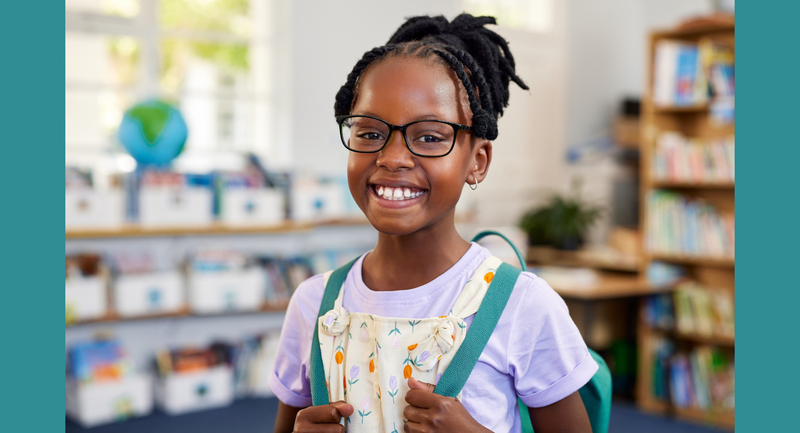It's time to reimagine school culture: Build relationships, reset rules and procedures, and normalize mental checks.
The stresses and complications experienced during pandemic teaching have been overwhelming for many, but this time has also given us cause to reflect on our practices. Some teachers have even been able to attempt teaching strategies that are outside the realm of traditional education and see where their practice can be improved. It’s also a time when schools can take a closer look at their culture and relationship-building and reimagine “the way it’s always been done.” As we re-accustom students to the school building during the 2021-2022 school year, what should we focus on?
During the pandemic, I implemented several strategies to engage and support my students, and the success of those strategies led me to host professional development for other teachers at my school. We made three areas a priority during pandemic: building relationships, resetting rules and procedures, and normalizing mental checks. These ideas have allowed our students to know their teachers from the screen, see that their teachers care, and rise to the occasion.
Build Relationships
When we get back into our buildings for a “normal” school year, it will be tempting for teachers to return to traditional strict structures to make sure students who were virtual all year remember how to “behave” in school. While teaching students the norms of school behavior is important (and I will address this in the next section), it is just as important to work on humanizing ourselves as teachers. One of the major concerns for our students was the feeling of not knowing their teachers. We need to make sure that we tackle this head on.
According to Carlisle, students need healthy relationships with positive adult role models to develop healthy relationships with their peers. However, by the time students get to middle school, they begin to turn from their teacher relationships to focus more on peer opinions. This makes it even more vital for us to find ways to quickly draw students in so that we can guide them on making good choices.
Above I used the word “humanize.” To many of our students, we are just teachers. They can’t imagine us having interests and opinions that are outside the realm of school. Therefore, we must allow students to get to know us—and more so than just the usual “Meet Mr. Avera”-type presentations and activities where we use a slideshow presentation to tell them some facts about our lives and then move on. If we want our kids to connect and fully buy back into the school, we need to have an ongoing way of showing our personalities that also allows us to learn about our students as well.
During remote learning in our school, we incorporated ridiculous questions into a five-minute warm-up period. Our teachers used questions like “Is a hot dog a sandwich?”, “Is a Pop-Tart ravioli?”, and “Milk is just cereal gravy. Change my mind.” Our students found these questions absolutely stupid. However, they started conversations, and teachers were able to take the unpopular stance and defend it, allowing the students to learn a little about our personalities. These warmups transitioned to “Would you rather?”, Which is better…?”, and “One must go” type warmups. These silly questions pushed students to come off mute and allowed us to coax students who weren’t engaging in instruction to share a little more. When we return to in-person instruction, I would 100 percent recommend keeping these strategies as ways to help kids let their guards down and build rapport with their classmates and teachers.
Reset Rules and Procedures
Classroom rules and procedures should be resources that help our students with learning and give guidance as to how they should go about business while in class. This break in normalcy has allotted a great opportunity for teachers and schools to look at the expectations that are in place and make sure they produce the desired learning environment.
Odds are that if you visit any given classroom in your school, you will see a variety of different rules and procedures that the teacher finds important to implement in class. These rules and procedures are often different for each teacher, which can lead to a lot of confusion for the students as they go from class to class. By cultivating broad schoolwide rules supported by classroom norms or procedures, we can create more consistent learning environments across schools.
This reset would allow schools to streamline their expectations so that it is clear what students are expected to do each day. As mentioned in Better than Carrots or Sticks: Restorative Practices for Positive Classroom Management, it is important that class/school rules be broad and the procedures that fall under the rules be more specific. These procedures should be attainable, and students should be able to reflect and know how they are doing.
For example, at our school we have an overarching rule of Be Responsible. Under this broad rule, we have expectations depending on where a student is located. If they are in the cafeteria, a procedure for Be Responsible would be “Clean up your area after you eat.” It is clear and attainable. We also attempt to make our rules apply outside the building as well. Our goal as educators is not to simply create rule-following robots but to mold productive citizens with behaviors that one would expect to see in everyday life.
Normalize Mental Checks
The last area of growth that I believe we should continue as a school after the pandemic is performing mental checks with students. My school got this idea from a review on the Check-In/Check-Out system used for PBIS. In this review they analyzed the effectiveness of checking in with students who struggle with behavioral issues and how to respond when faced with a conflict. They found its implementation to be effective overall. Based on this, we decided to implement a far more informal rendition of the check-in/check-out system. These mental checks have allowed teachers see the struggles of our middle school students, especially during a pandemic and virtual/simultaneous learning, and to further connect with our students.
The implementation of our simple check-in/check-out process is fairly easy. At least once a month, students reflected and completed grows and glows—either academic or personal. Then I have them tell me about how they are doing as an individual. I find that this is important because it helps cultivate a safe space and allows me to work to support my students with their needs. As I have continued with mental check-ins, it has become even more informal and fun. For a more light-hearted check in, I asked them to create a meme that showed how they were doing or how they thought the year was going. Even those who typically don’t express their feelings shared. Through this process and thanks to the relationships that I had built through the year, my students have been very open about their struggles and stressors throughout COVID-19. This openness allows me to offer whatever support my students may need. When students return to the traditional classroom, the implementation and normalization of these simple mental check-ins can continue to allow us to better support and understand our students.
No Playbook for These Times
This year has been tough. There is no denying that. I have told my students endlessly that they are doing something that no one has had to do. There is no real playbook for this, and none of their teachers had to go through anything like this. We are learning together and improving together. However, there is a beauty that will come from the 2021-2022 school year if we work to allow it. We get to start the school year from scratch—so let’s take the time to make the changes in culture and climate that will reflect the type of learning experiences that our students want and that we want them to have.



